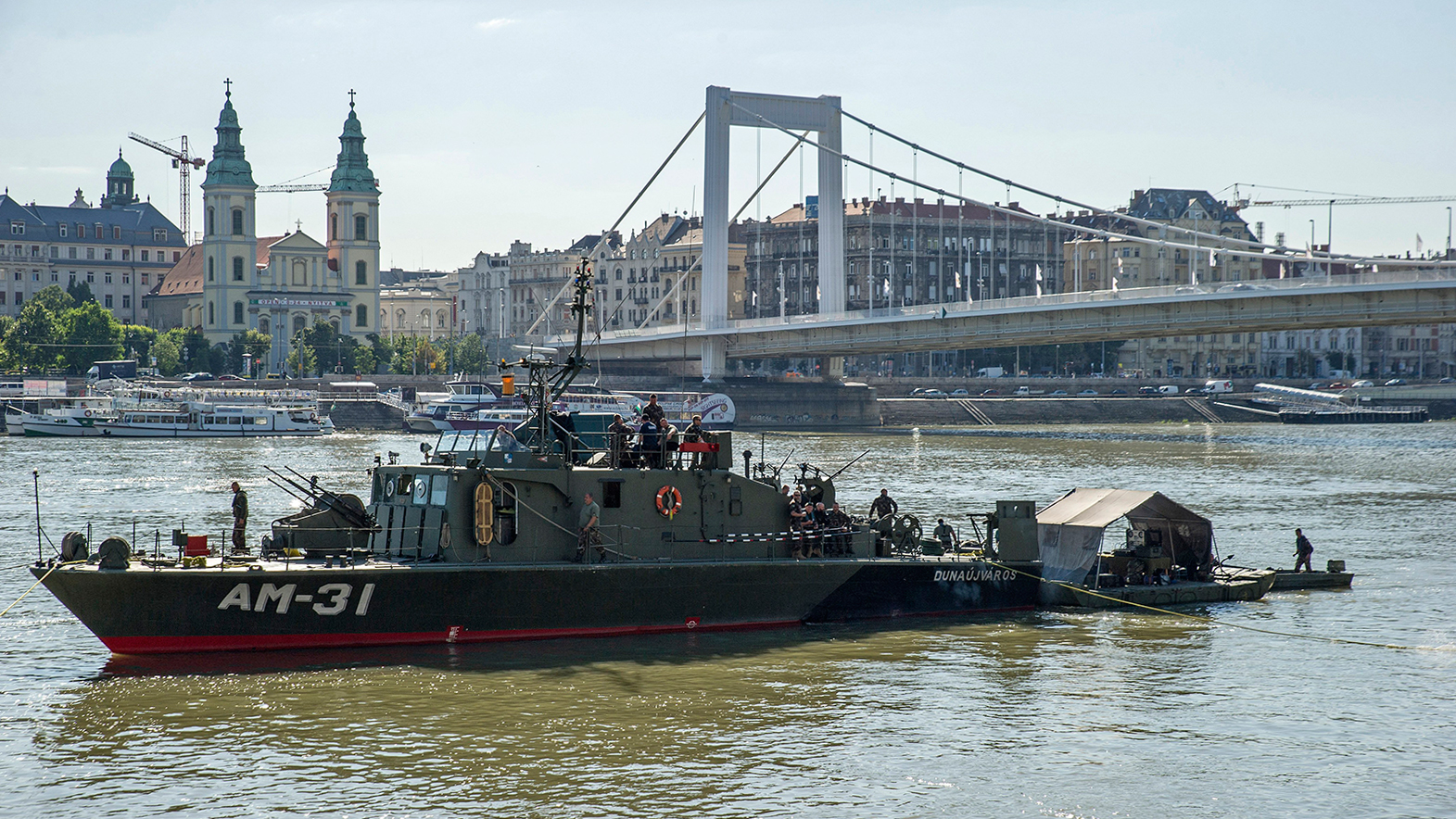MILITARY ENGINEERS IN
THE HUNGARIAN DEFENCE FORCES
As the First World War sapper colonel Ágost Jacobi defined more than 100 years ago: "Engineer soldiers are the people of a combatant family, which have not fought only with weapons in hand, but also with knowledge, special equipment, training, and ingenuity. It was the most faithful and essential companion of combat troops"
The First World War was a turning point in the history of the military engineer troops: the organization, the task and the tools have changed significantly. New tasks and new challenges have emerged; unprecedented destructive devices have been deployed. The military engineers faced these changes unprepared, but for that they could not prepare, they tried to resolve by ingenuity, perseverance and professional humility.
Due to the changing security environment and tasks arising from NATO and EU membership, the Hungarian Defence Force's (HDF) main priority is generating combat ready, rapid reaction, deployable, expeditionary military capabilities. Besides their expeditionary capabilities the HDF are also developing existing ones and reactivating recently cancelled where possible. The HDF are able to successfully meet different security challenges like disasters threatening the country's population or peace support operations conducted in faraway regions.
The MILENG is one of the main components of the Hungarian Defence Forces. They blend the military traditions with the requirements and capabilities of the modern age.
Type, organization and structure of MILENG
HDF has two direct subordinated regiments under the umbrella of the HDF Command (HDFC). The command and control of the land engineer units is the responsibility of Army Inspectorate of HDFC. The senior engineer officer of Army Inspectorate carries out studies, doctrine, analysis and lessons learned on all Engineer matters.
One of the biggest
engineer units is the HDF 37th II. Rákóczi Ferenc Engineer Regiment in Szentes.
Their main task is the direct support of maneuver units mainly for mobility,
counter mobility and general engineering.

The HDF 1st Explosive Ordnance Disposal and River Flotilla Regiment is stationed in Budapest. Within the territory of Hungary all of the EOD incidents are military responsibility. Day after day, they deploy to neutralize the remnants of the Second World War. The unexploded explosive ordnances (UXOs) strewn around the country, including artillery shells, hand grenades, aerial bombs and different types of mines. They also guard and secure River Danube, the main waterway of the nation, and demine if needed. They are ready to neutralize conventional and regular types of UXOs as well as improvised explosive devices (IEDs), the favourite weapons of modern-day terrorism.

Beyond the two regiments the infantry brigades have sapper battalions to provide combat engineer support for them.
The HDF 5th Bocskai István Infantry Brigade, Operations Support Engineer Battalion is responsible for combat engineer support of the 5th brigade. In addition to its basic purpose, the battalion also performs other tasks such as providing sapper and engineer vehicle driving trainings for recruits, NCO and officer cadets, preparing exercise areas for national and multinational exercises in Hungary. The unit continuously contributes a general support company to the "TISA" Multinational Engineer Battalion.
